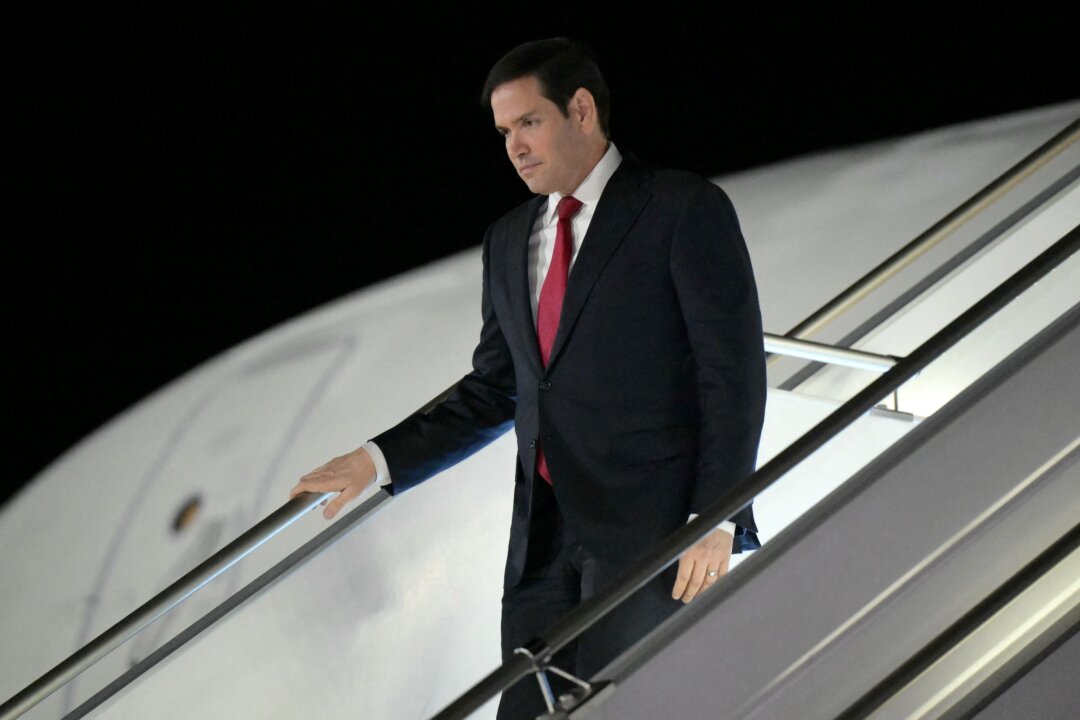
prepping.com
America Under Siege: Will We Fracture or Unite? EP617
A new era of terror is on the horizon. Beyond the tactics of the past, the U.S. will faces a Post-9/11 2.0 threat: complex, coordinated terrorist attack* designed to overwhelm our defenses and exploit deep domestic divisions. This video dives deep into the strategic challenge of sustained irregular warfare targeting the American homeland. We analyze whether the nation's response - from intelligence and infrastructure to social resilience - will consolidate a definitive victory over these evolving networks or if the pressure of constant threat will cause the U.S. to fragment along political and cultural lines. The essential question is not just how to stop the next attack, but whether America Under Siege will emerge stronger and unite, or reach a breaking point that tears the nation apart. . Terrorism Threats & Prepper Tips . Get premium freeze dried meat that’s so good you’ll eat your stockpile! ? https://www.carnivault.com/ . Join the CRUSADE & get access to exclusive content & interact with our crew for only $7.99/mo or $74.99/yr [2.5 months free when you pay annually] … . Paying Guardians Get … ⁍ INTEL: 3 Private Signal Channels ⁍ SDENS Emergency Notifications ⁍ Direct Access to The SDN Team ⁍ $370 in Survival eMags FREE ⁍ SITREPS w/ ALL Sources ⁍ Early Access to Content ⁍ BTS Content . FREE Subscribers Get … ⁍ ThreatWire Security Bulletins ⁍ SITREPS 5 Days/Wk ⁍ Instructional Videos . ? http://SurvivalDispatch.News . . Do you want your product(s) reviewed, or would you like to be a guest on our channel? Email us … ? Support@SurvivalDispatch.com . Get the best self-defense coverage on the market ? https://ccwsafe.com/?ref=survivaldispatch . Get the CONFLICTED game card decks ☣️ https://www.conflictedthegame.com/ . DISCLAIMER: The materials published on Survival Dispatch’s Substack, X, YouTube channels, Rumble Channels, Facebook, Instagram, LinkedIn [and other social media accounts] & websites [including any show, episode, guest appearance, etc. appearing within] are for informational and entertainment purposes only. . The opinions expressed through this video or podcast are the opinions of the individual author[s] and are for educational & documentary purposes only. . Please note, we have affiliate partnerships with some brands mentioned in our content & we may get a small portion of the revenue when you purchase an item using the links provided. It’s the easiest way to support Survival Dispatch and/or Righteous Savages with no cost on your party. . FAIR USE: In the rare instance that we include someone else’s footage it is covered under Fair Use for Documentary & Educational purposes with the intention of driving commentary & allowing freedom of speech. . © 2025 Survival Dispatch

















